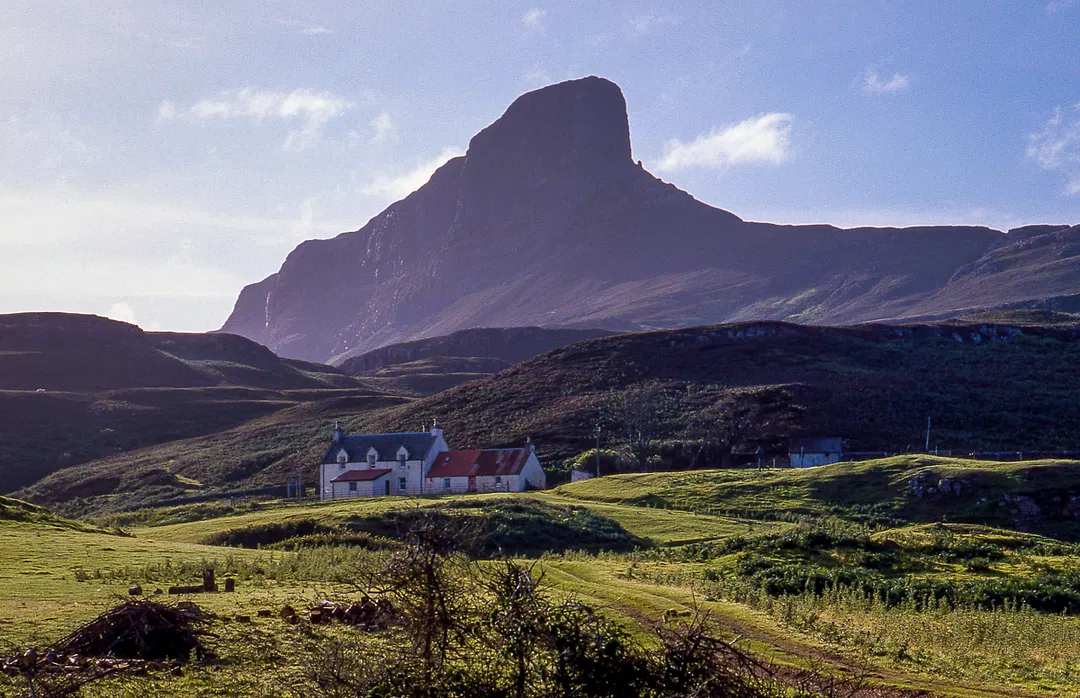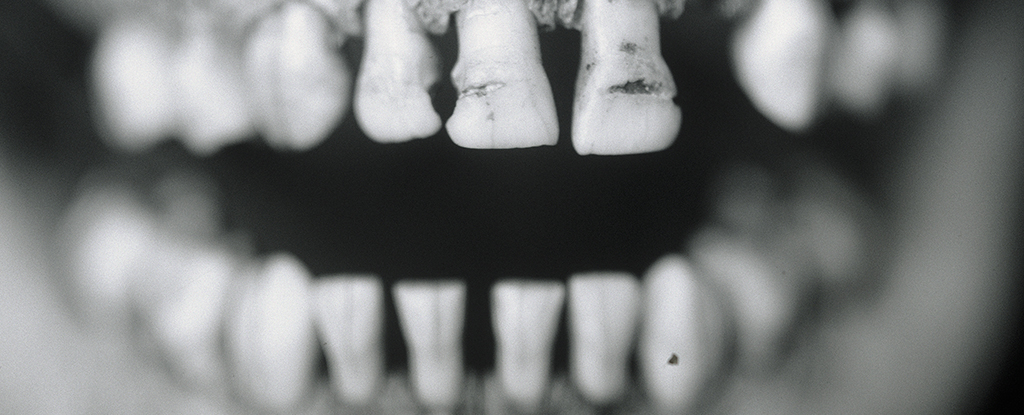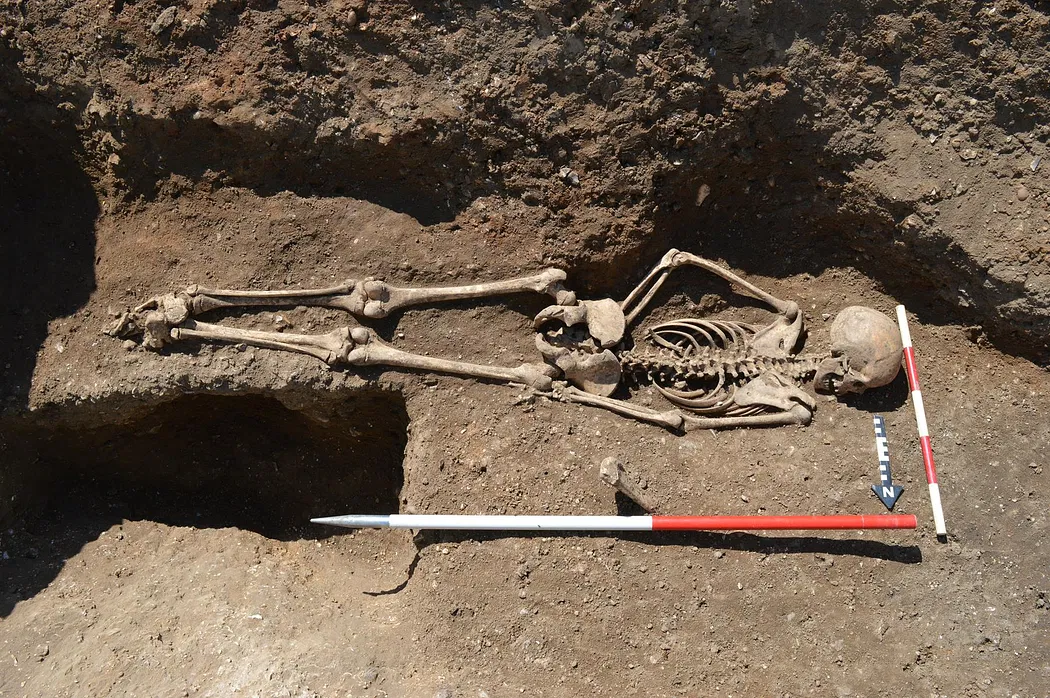Read the rest of this article...
Monday, August 28, 2023
The Norse and the Sea: the Maritime Cultural Landscape of Scandinavian Scotland
Read the rest of this article...
Vikings Were in America Before Columbus, Study Claims
Read the rest of this article...
Reconstructed Roman Gateway Tells The Story Of Britain’s Invasion
Read the rest of this article...
Teeth Can Preserve The Signal of Pathogens For Hundreds of Years, Study Finds
(Henry Horenstein/The Image Bank/Getty Images)
An analysis of antibodies extracted from 800-year-old teeth has provided a new way to identify pathogens our ancestors contended with.
The process could potentially help us understand how human antibodies – proteins naturally produced by our bodies in self-defense – have developed through history.
Building on previous research, a team led by researchers from the University of Nottingham and University College London (UCL) in the UK conducted a process called affinity purification to identify molecules through the way they bind to other molecules.
These kinds of bindings are a crucial part of how the human immune system works, and they can help researchers retroactively identify antibodies and what they were designed to fight against.
Read the rest of this article...Friday, August 18, 2023
International Medieval Congress 2024
The Viking Society is proposing to organise
sessions at the International Medieval Congress in Leeds in 2024. The dates of
the Conference are 1-4 July. N.B. Participation is not limited to Viking
Society members.
Tuesday, August 15, 2023
Strange burial of 9th-century teenager reveals tragic story
Read the rest of this article...





